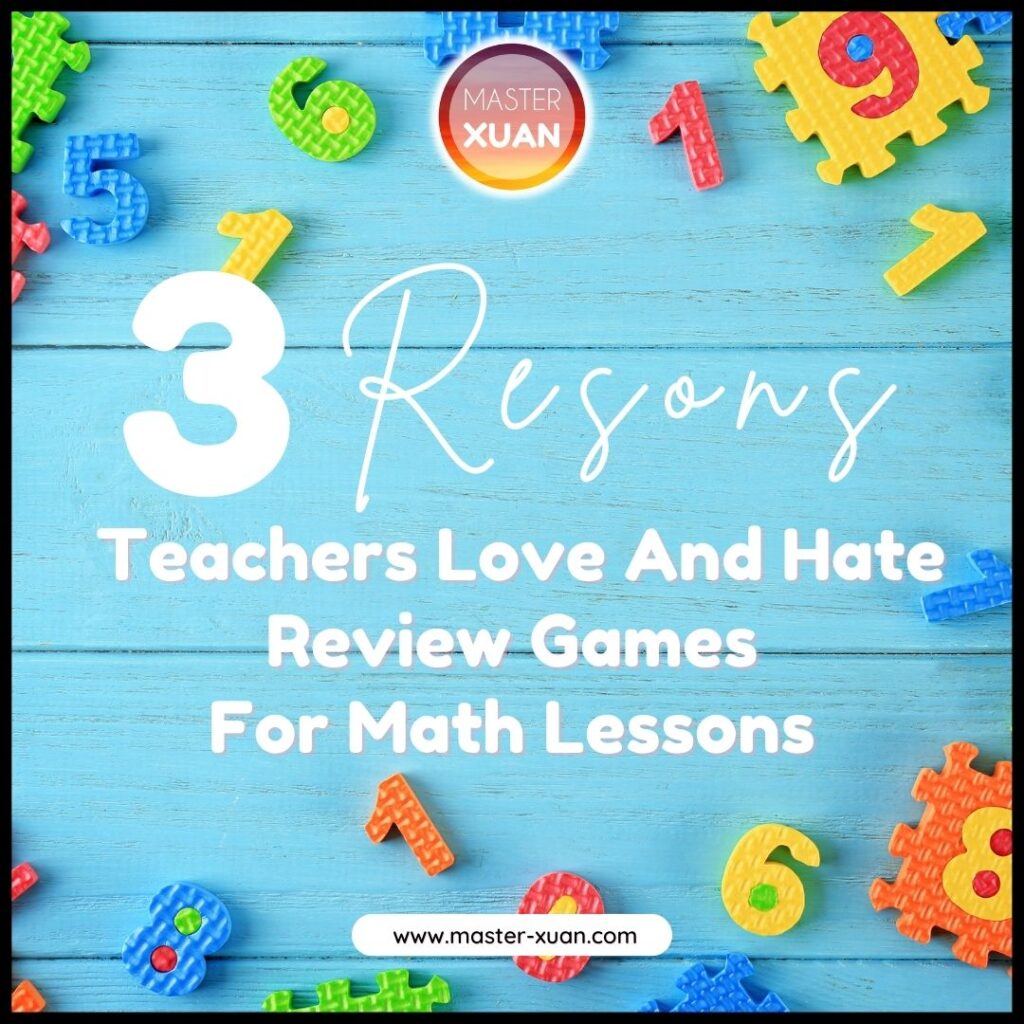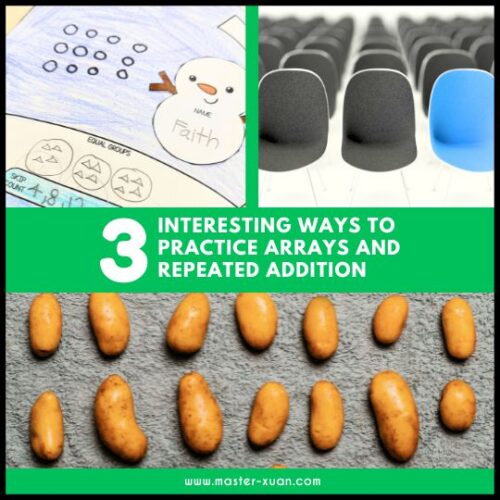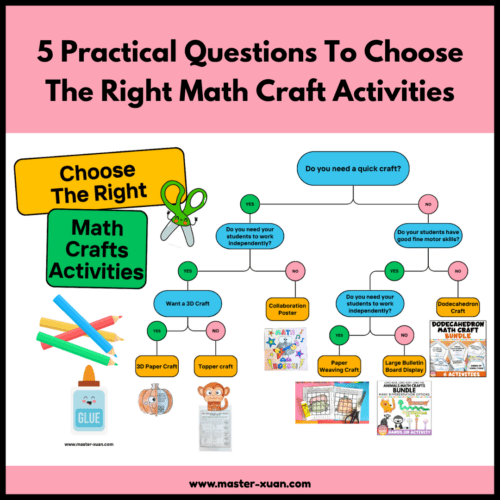Using review games for math lessons seems like a no brainer activity to add to one’s lesson plan.
Some teachers really like incorporating these games into their lessons, while others might not be as big fans.
The reasons for these feelings vary, just like the different ways teachers teach.
In this exploration, let’s take a closer look at why some teachers love using review games for math lessons, while others have some concerns about them.
Personally, I do love to use math games to review math skills (that explains the many games I created and sell in my TPT store).
Related Read: 53 Fun And Engaging Math Review Activities And Games For Students
But I do face some obstacles or problems that arise due to this activity.
In this blog post, I’ll discuss three pros and cons of math review games and the possible solution for the cons.
Pros 1: Engaging Students
Plain and simple, kids (and adults!) enjoy playing games.
I’m all for using their love of play to foster a positive attitude about math.
I have seen student faces light up or at least show more interest in what they are doing when introducing new math games.
When given a choice, will students freely choose to participate in whole-group gameplay or complete a worksheet? I think you know the answer (but of course there will always be exceptions…).
Some of the ways to engage students are to incorporate movement, mystery and/or art with math.
For instance, Multidigit Multiplication Reindeer Games Math – Scavenger Hunt requires students to move around finding the task cards. Then they will draw out the Wanted Reindeer based on the pictures associated with the answers to know what the culprit looks like.
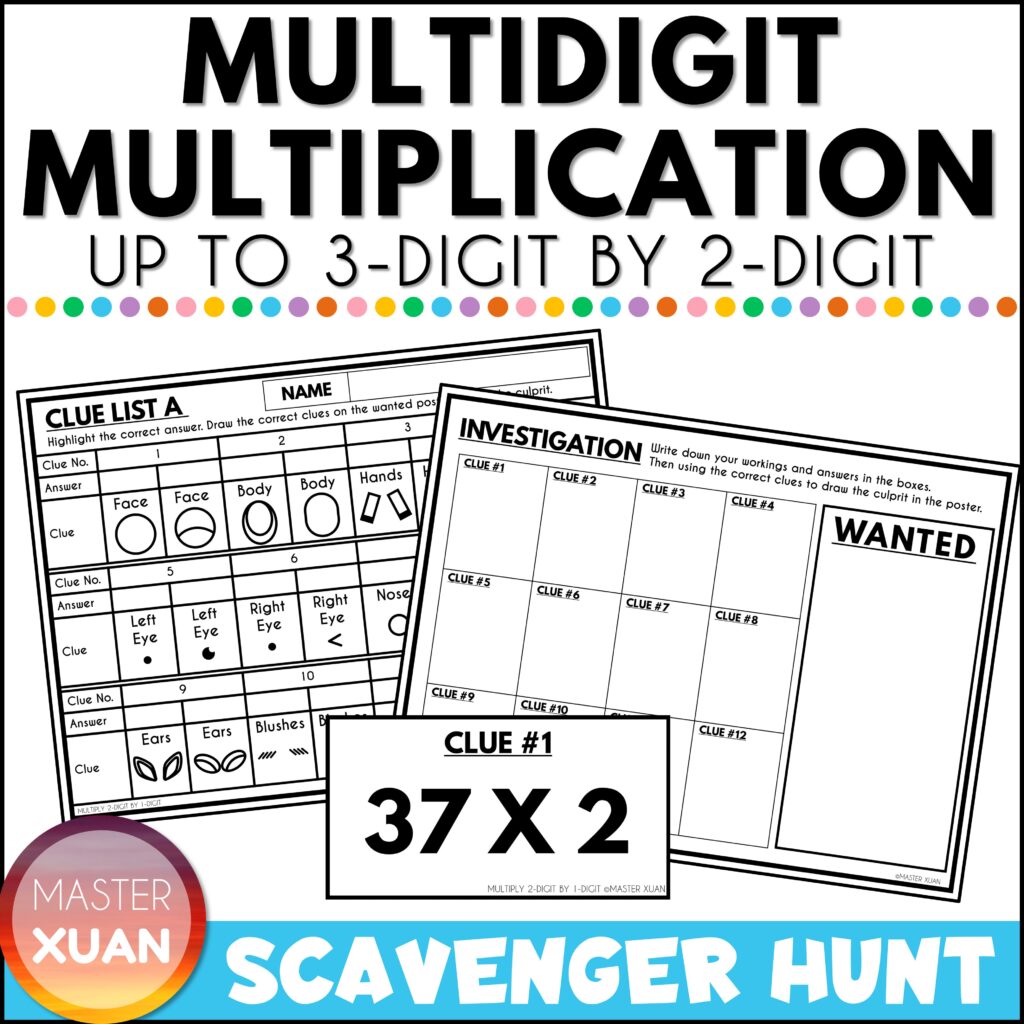
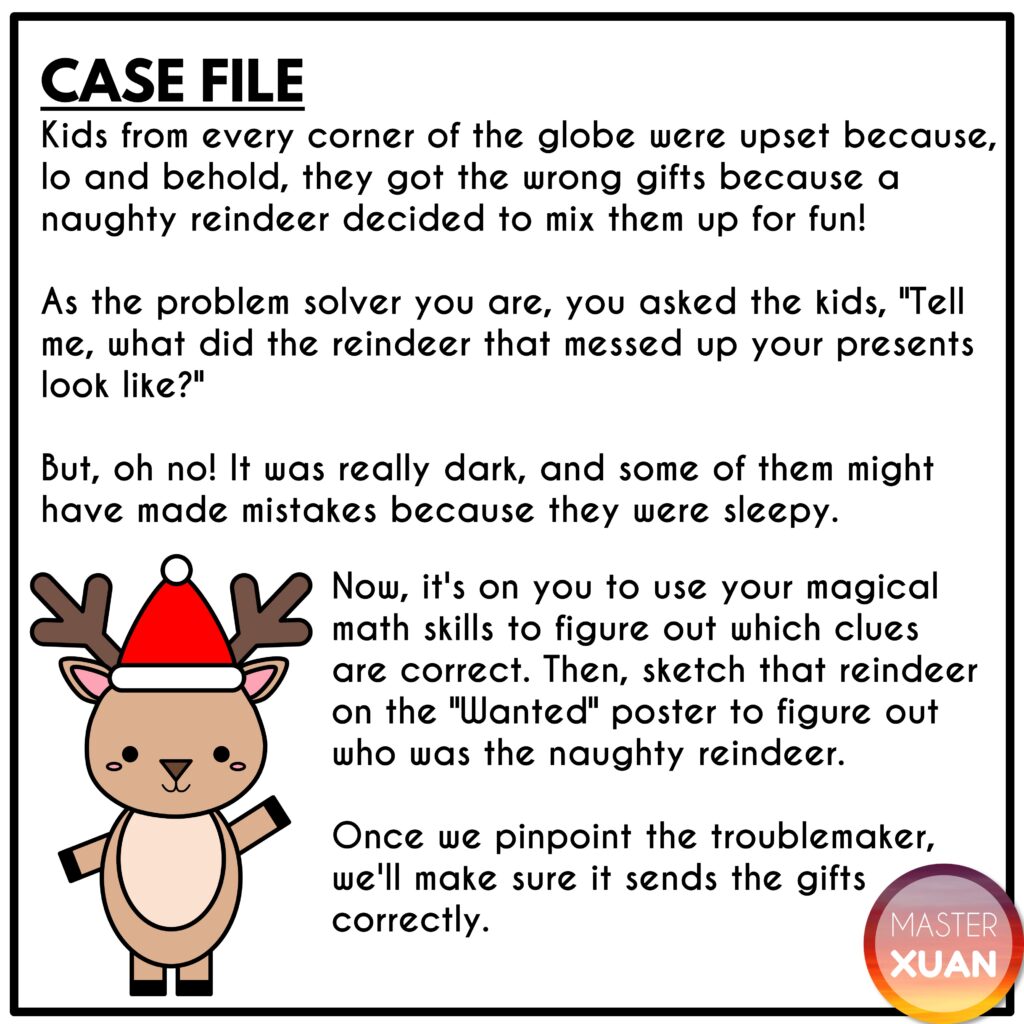

Cons 1: Students Forget the Learning Goal
Sometimes, engaging students too much may be a problem. Or when students’ main focus is on playing and winning the game (which perhaps more than often is at the forefront of their mind when playing math games) they try ways to jump past the learning factor.
This means, they try to “cheat” or find other ways to skip the math part etc.
For example, math jigsaw puzzles, when students can guess the picture, they may piece the pieces based on the parts or picture instead of the math questions.
Possible Solution
Remind students about the learning goal and let them know that we must all agree that the main reason we are playing this game is to review math.
During the game, ask them what they have learned, practice or review so far.
Give them a recording sheet so they are reminded to show their workings and evidence that they are practicing math.
For the math parts that students “skipped”, you can ask them again after the game.
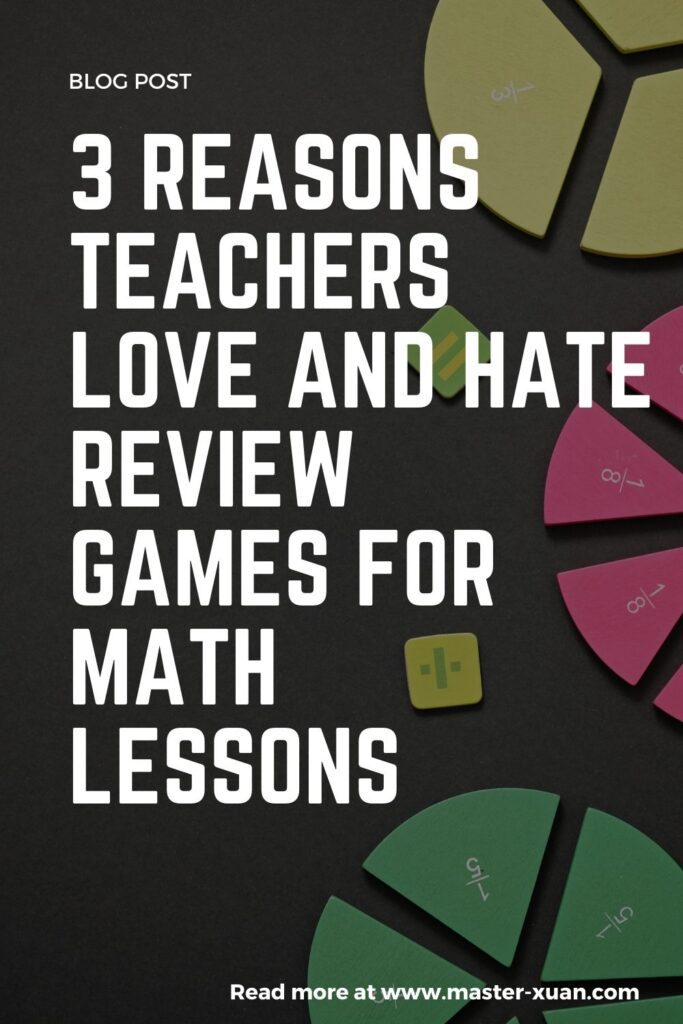
Pros 2: Motivate students
Games serve as potent motivators in the educational setting. They tap into our natural love for challenges, winning, and getting rewards. When we play games in class, it makes learning super fun!
If the competition in the games is fair, it makes us excited and proud when we do well. It’s like winning a prize, and it makes us want to join in and do our best, even in things that might seem a bit boring.
This motivation doesn’t just make us more interested in the subject we’re learning; it also makes learning feel like a cool adventure instead of something scary.
When we get inspired by playing games, we get more excited about solving math problems and enjoying the whole learning journey.
Cons 2: Demoralize students
On the other hand, when games get too competitive, it can make some students feel really down, especially those who find it hard to keep up with everyone else.
If the game becomes too much like a fierce competition, it might create a not-so-great experience for those students who feel left out or like they’re not doing as well as their classmates.
Feeling down can happen because they might think they’re not good enough, get frustrated, or feel like if they’re not winning the game, they’re not good at school stuff overall.
For students who don’t like too much competition or find things a bit tough, this not-so-great experience can make them less sure about themselves and not as excited about learning.
Possible Solution
It’s really important to find a good balance so that everyone feels included and comfortable when playing games together.
If you’re dealing with overly competitive students, consider opting for games that incorporate an element of luck.
This ensures that, even if students answer many questions correctly, they still have the chance to lose the game.
This introduces an element of fairness, providing weaker students with an opportunity to succeed.
I met a similar situation when I was playing the game show. Thus I cracked my brain and created the Treasure Chests game shows and later the Treasure Hunt Online Games For Kids.
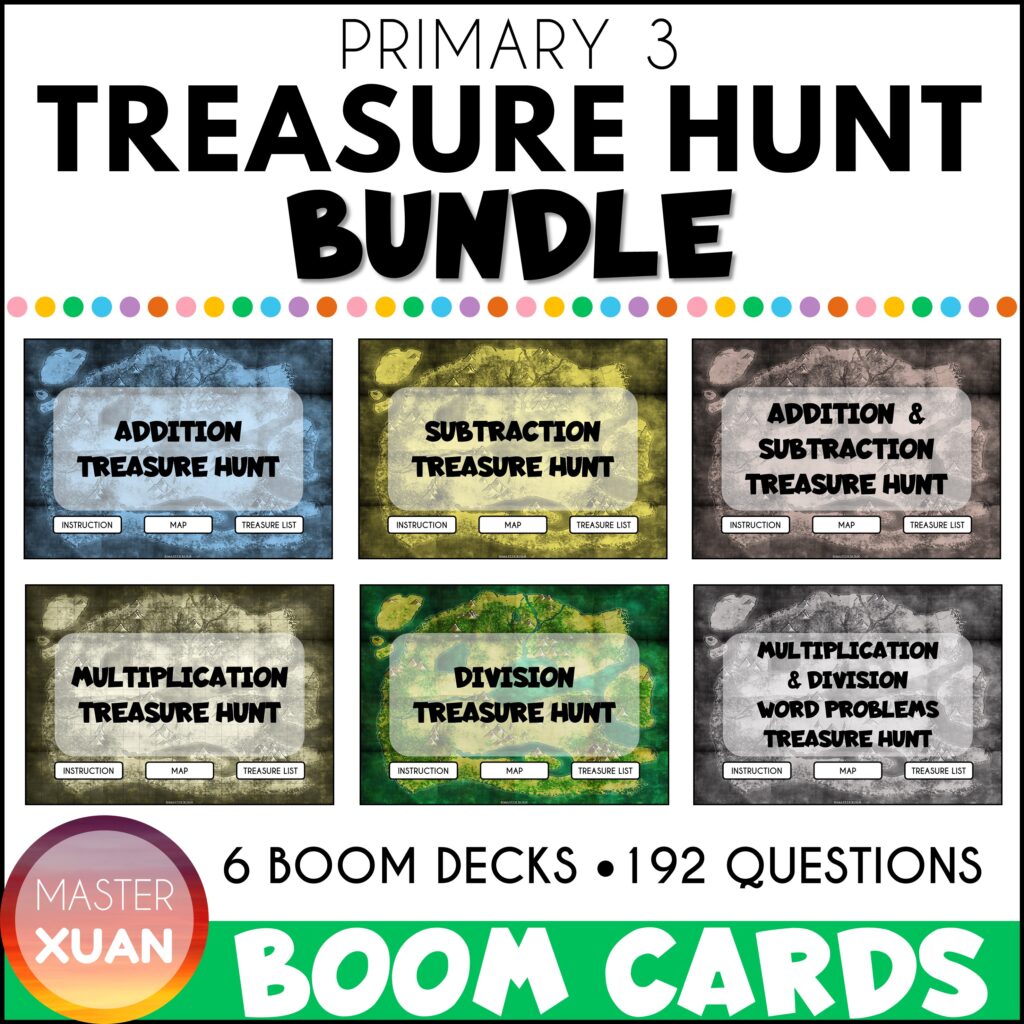
Related Read: 3 Types Of Math Gameshow Every Students Love & Rave About
However, it’s essential to recognize that this may not be an ideal solution as it doesn’t address the root of the problem.
Exploring additional strategies to rectify any negative behavior triggered by the competitive environment is crucial.
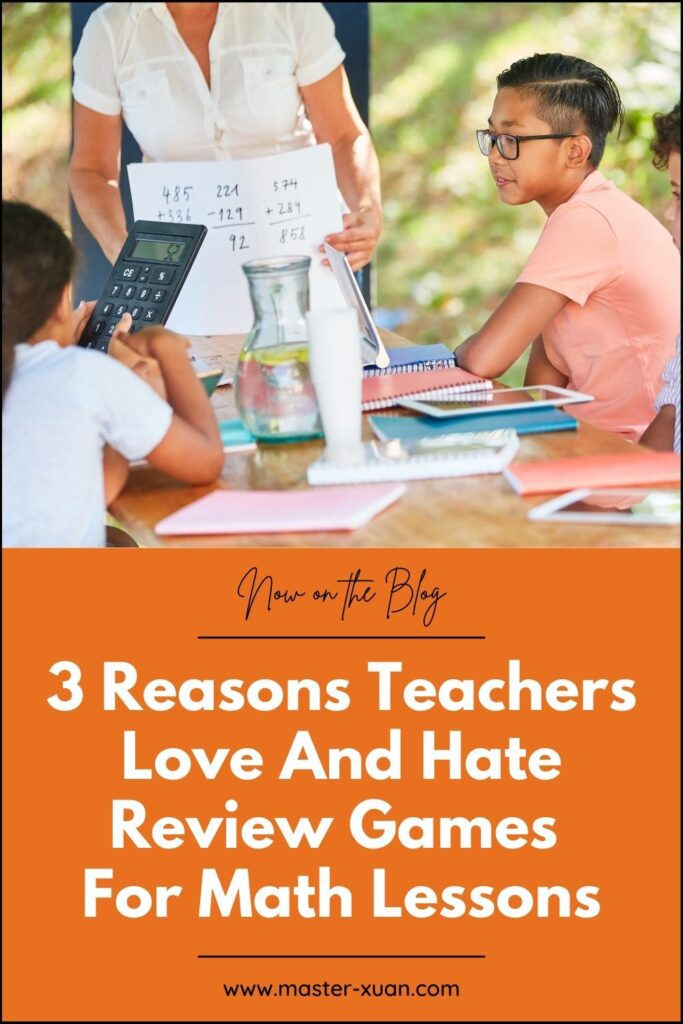
Pros 3: Save time
There are 3 ways you can save time with math review games.
1) No or low preparation math games can help you save time before lessons.
One example of no preparation math games is printable board games. To save printing time (and ink and paper), you can reuse them. To make sure the board games can last longer, laminate, place in screen protector, or let your students know you plan to reuse them.
One example of low preparation math games is scavenger hunt. You will need to cut the task cards and place them around the room.
2) Self-checking math games can save time on marking.
Some games have QR codes that let students check the answers. One example is the Percentages Math Games – Halloween Board Games.
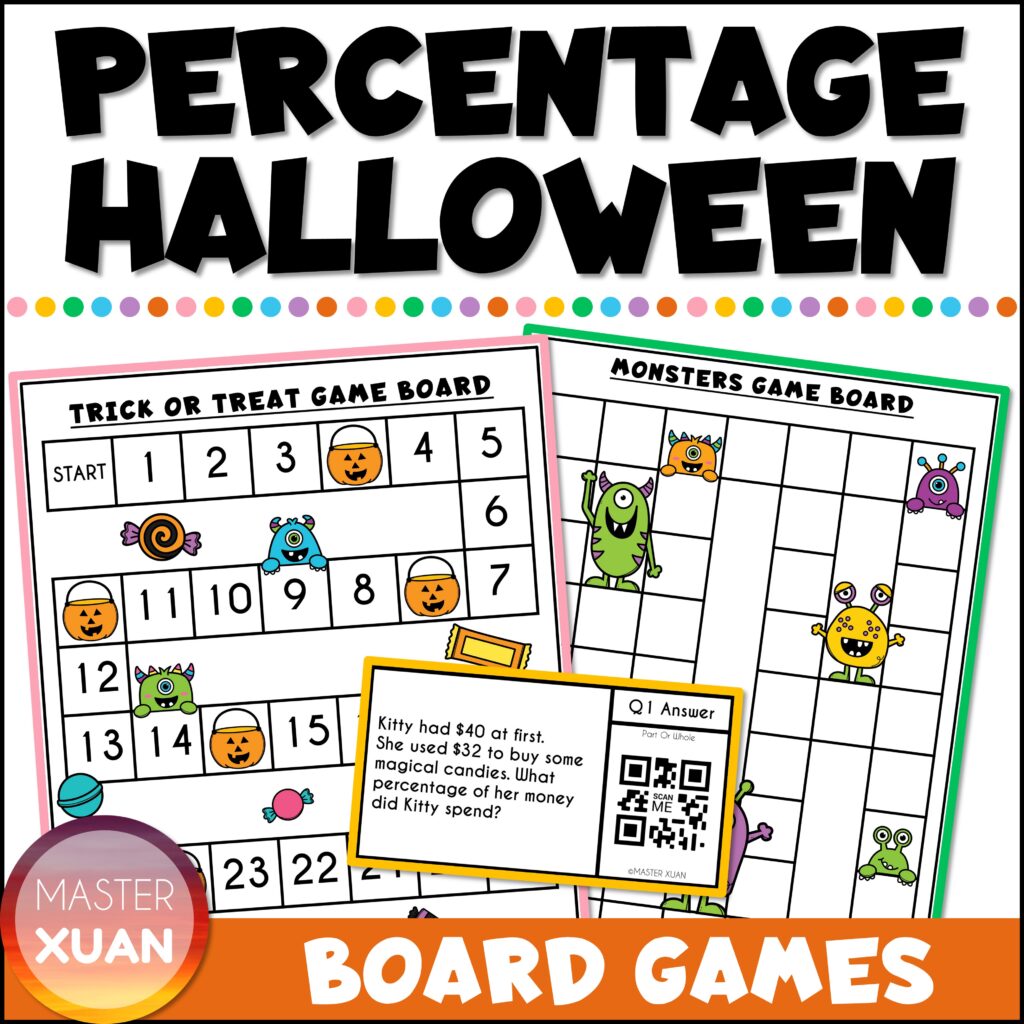
Or self-checking scavenger hunt whereby students need to find a specific task card that has the previous answer in it. For instance, Speed Distance Time Pirate Math Games – Scavenger Hunt.

Digital task cards such as Boom cards will give students instant feedback once they submit the answer. For example, Metric Conversions Practice Winter Mazes Boom Cards & Printable.
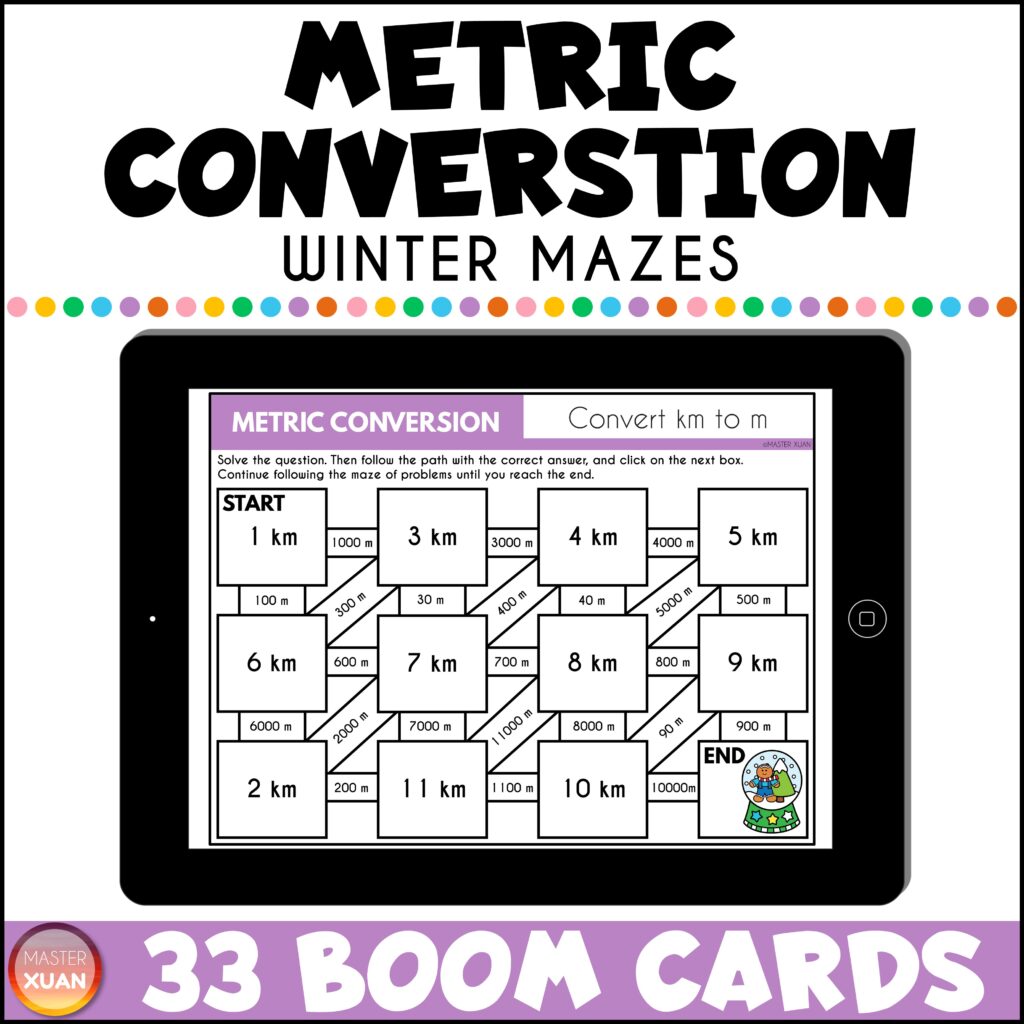
3) Peer learning saves time on assessment and re-teaching.
You get to assess students’ weaknesses when they are playing and answering questions. This informal way of assessment makes students less stressful. Furthermore, some students will do their best or be more serious when their play mode is on, giving you a more accurate assessment.
When my students are playing Algebraic Expressions In Word Problems, I tell them the students who got it right need to teach the student who got it wrong. This help saves time especially when your attention is needed somewhere else.
Cons 3: Time Constraints
Using review games can take up more time than expected.
Teachers might find it challenging to fit in these games, especially with the need to cover a specific set of lessons. It’s tough to make sure there’s enough time for games without missing out on other important topics.
Also, it can be tricky to switch students from having fun playing games to focusing on studying, especially after an exciting game session.
Students might want to keep playing and not stop when it’s time to get back to regular lessons.
Moreover, the time spent playing the game can cut into the time for learning and teaching. Sometimes, the time spent on playing the game is more than the time spent practicing math.
Possible Solution
One way to deal with the time issue is by planning the games really well. You can set a specific time limit for each game, making sure it fits into the overall lesson time.
Before starting the game, it’s helpful to set some rules. For instance, after playing one round of the math game, we’ll do a set of worksheets. If everyone does well on the worksheets, we can play another round.
Also, it’s smart to pick math games that have a good mix of playing and practicing math. Or, you can choose games where most of the time is spent practicing math.
This way, we get to enjoy the fun of the games while making sure there’s enough time to really learn and practice math too.
It’s like finding the right balance so that we can have fun and still learn a lot.
Final Thoughts
In conclusion, math games are a fantastic addition to your classroom, making learning math exciting. As you weave them into your regular teaching, you’ll quickly see the positive impacts. If anyone questions why you’re using games, just share these benefits.
However, it’s important to be aware of challenges too. Learn from my mistakes and proactively address them with the provided solutions.
Every teaching approach has its strengths and weaknesses. As long as the benefits outweigh the drawbacks and contribute positively to your students’ learning, feel free to incorporate them.


